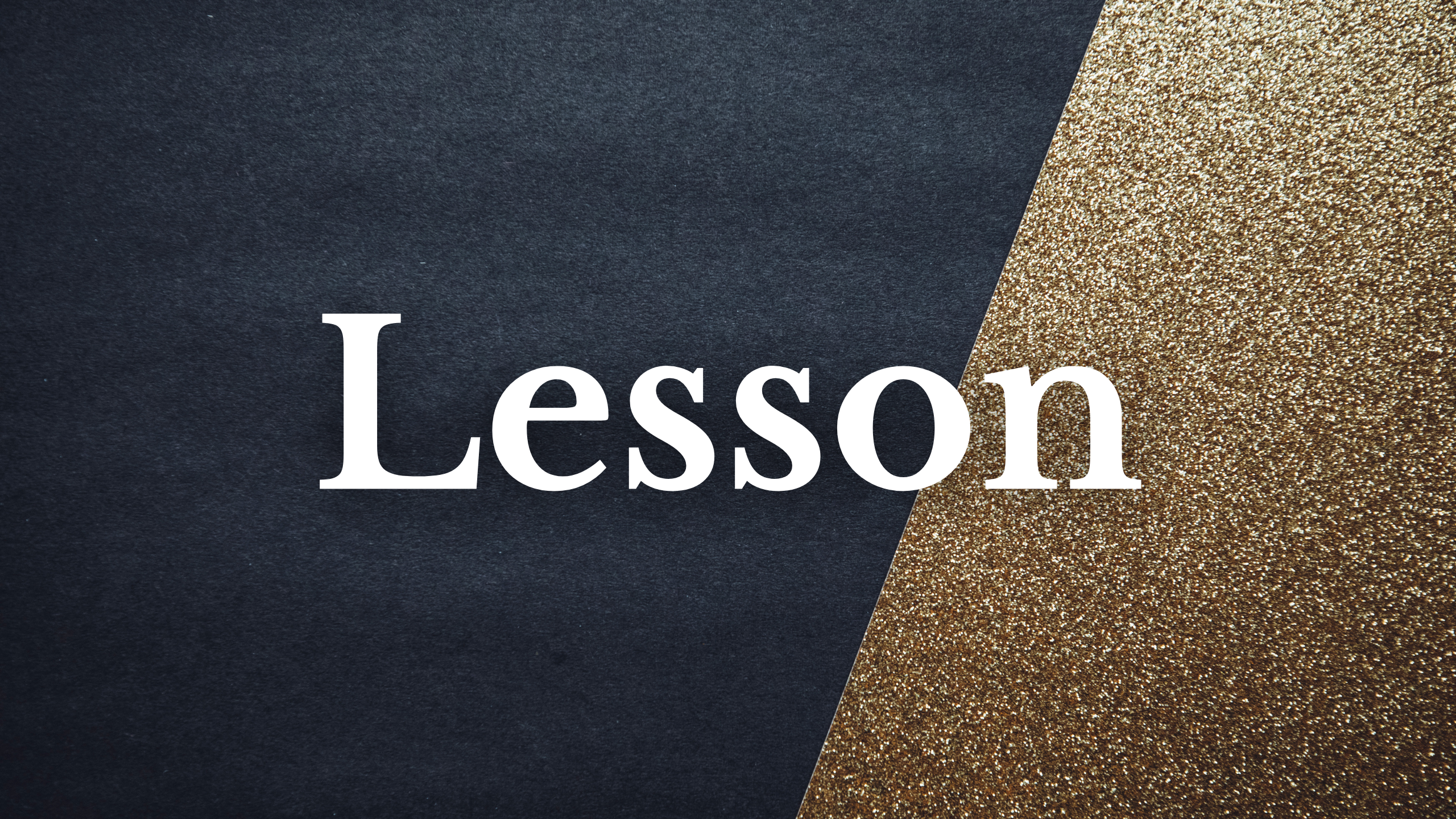Let’s Get Ready For Learning Japanese!
Let’s embark on your Japanese learning journey!
To begin, mastering Japanese characters is essential. Japanese uses three scripts: Hiragana, Katakana, and Kanji.
Hiragana and Katakana, collectively known as 仮名 (kana), form the Japanese syllabic writing system, with each character representing one sound.
First, we’ll focus on reading and pronouncing Hiragana and Katakana characters. While memorising them may seem daunting at first, mastering kana will pave the way for reading Kanji (漢字) later, as Kanji on this website will include furigana (phonetic kana guides).
Best of luck, and let’s get started! ☺︎
Japanese Scripts
ひらがな
Hiragana is a set of 46 syllabic characters used in Japanese writing. They serve two main purposes: 1) as okurigana, kana added to Kanji (Chinese characters) to form words, and 2) as grammatical elements, such as particles. Hiragana characters are written in a cursive, flowing style, giving them a smooth and elegant appearance.
カタカナ
Katakana, like Hiragana, consists of 46 syllabic characters. They are primarily used to write loanwords that have been incorporated into the Japanese language. Katakana characters are characterised by their angular, straight-edged style, giving them a distinct and sharp appearance.
漢字
Kanji, meaning Chinese characters, are ideograms adopted from ancient China. Approximately 2,000 to 3,000 Kanji are used in daily life. Most Kanji has two reading systems: kun-yomi (Japanese-style reading) and on-yomi (Chinese-style reading).

Japanese Vowels
There are 5 vowels in Japanese.

The Japanese Kana Syllabary
Hiragana / Katakana
| Vowels | A | I | U | E | O | ||||||
| あ / ア | い / イ | う / ウ | え / エ | お / オ | |||||||
| Unvoiced Consonants | K | か / カ | き / キ | く / ク | け / ケ | こ / コ | |||||
| S | さ / サ | し / シ | す / ス | せ / セ | そ / ソ | ||||||
| T | た / タ | ち / チ | つ / ツ | て / テ | と / ト | ||||||
| N | な / ナ | に / ニ | ぬ / ヌ | ね / ネ | の / ノ | ||||||
| H | は / ハ | ひ / ヒ | ふ / フ | へ / ヘ | ほ / ホ | ||||||
| M | ま / マ | み / ミ | む / ム | め / メ | も / モ | ||||||
| Y | や / ヤ | ゆ / ユ | よ / ヨ | ||||||||
| R | ら / ラ | り / リ | る / ル | れ / レ | ろ / ロ | ||||||
| W | わ / ワ | を / ヲ | |||||||||
| ん / ン | |||||||||||
| Voiced Consonants | G | が / ガ | ぎ / ギ | ぐ / グ | げ / ゲ | ご / ゴ | |||||
| Z | ざ / ザ | じ / ジ | ず / ズ | ぜ / ゼ | ぞ / ゾ | ||||||
| D | だ / ダ | ぢ / ヂ | づ / ヅ | で / デ | ど / ド | ||||||
| B | ば / バ | び / ビ | ぶ / ブ | べ / べ | ぼ / ボ | ||||||
| Semi-voiced Consonants | P | ぱ / パ | ぴ / ピ | ぷ / プ | ぺ / ぺ | ぽ / ポ | |||||
| Contracted Consonants | KY | きゃ / キャ | きゅ / キュ | きょ / キョ | |||||||
| SH | しゃ / シャ | しゅ / シュ | しょ / ショ | ||||||||
| CH | ちゃ / チャ | ちゅ / チュ | ちょ / チョ | ||||||||
| NY | にゃ / ニャ | にゅ / ニュ | にょ / ニョ | ||||||||
| HY | ひゃ / ヒャ | ひゅ / ヒュ | ひょ / ヒョ | ||||||||
| MY | みゃ / ミャ | みゅ / ミュ | みょ / ミョ | ||||||||
| GY | ぎゃ / ギャ | ぎゅ / ギュ | ぎょ / ギョ | ||||||||
| BY | びゃ / ビャ | びゅ / ビュ | びょ / ビョ | ||||||||
| PY | ぴゃ / ピャ | ぴゅ / ピュ | びょ / ピョ | ||||||||
Brief Introduction to Kanji
As mentioned earlier, approximately 2,000 to 3,000 Kanji characters are commonly used in daily life. Most Kanji have two reading systems: kun-yomi and on-yomi.
Kun-yomi (訓読み), the native Japanese reading, is typically used for stand-alone words or, in the case of verbs, for words combining a single Kanji with okurigana (kana added to a Kanji to form a word).
Examples:
港 Port|橋 Bridge|手 Hand
話す To talk|食べる To eat|読む To read
On-yomi (音読み), derived from Chinese pronunciation, is a reading style for Kanji. Typically, words using on-yomi consist of two or more Kanji characters combined.
Examples:
会話 Conversation|食事 Meals|読書 Reading
💡 Turn these words into verbs by adding “する”
会話する To have a conversation|食事する To have a meal|読書する To read a book
Glossary – Dictionary form, Plain form, and Polite form
Dictionary form
The dictionary form is the base form of a word as listed in a dictionary. It serves as the foundation for all other conjugations and is the most fundamental form of a verb or adjective.
Plain form
Plain forms encompass the dictionary form, the simple negative form (nai-form), the simple past tense (ta-form), and the simple past negative form (nakatta-form). These are informal and commonly used in casual settings.
Polite form
The polite form, also known as the “desu/masu” form, is used to show respect and politeness. This form is commonly used in formal settings, with people of higher status or older, or when speaking to someone you do not know well.
Are you ready?
Ok, enough for the introduction! Let’s get started!



コメント
Hello,
Thank you for your wonderful lessons.
I have a question. What’s the system for the lessons? What’s next after “Start here if you are new to Japanese!”?
Thank you for the answer.
Konnichiwa, Tati-san! Thank you for your comment. The next lesson could be an N5 or N4 grammar point from the list at the top of this page. I’d like to share that I’m currently focusing on creating content for intermediate to advanced learners. I hope you’ll still enjoy learning with me, and please feel free to reach out with any questions! Thank you for your support 🙂